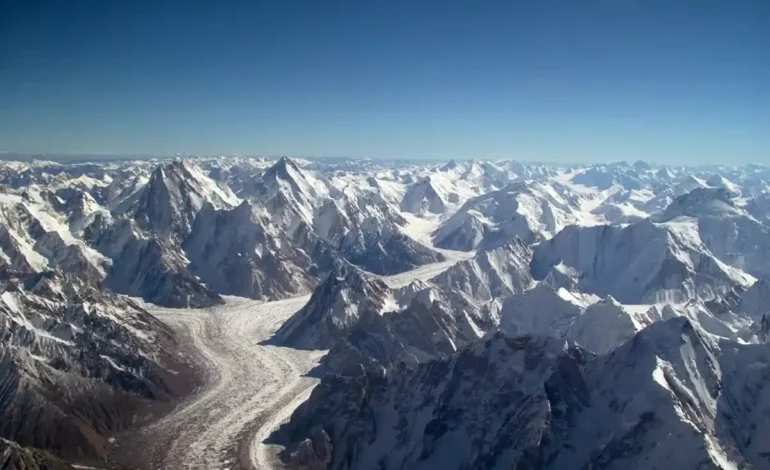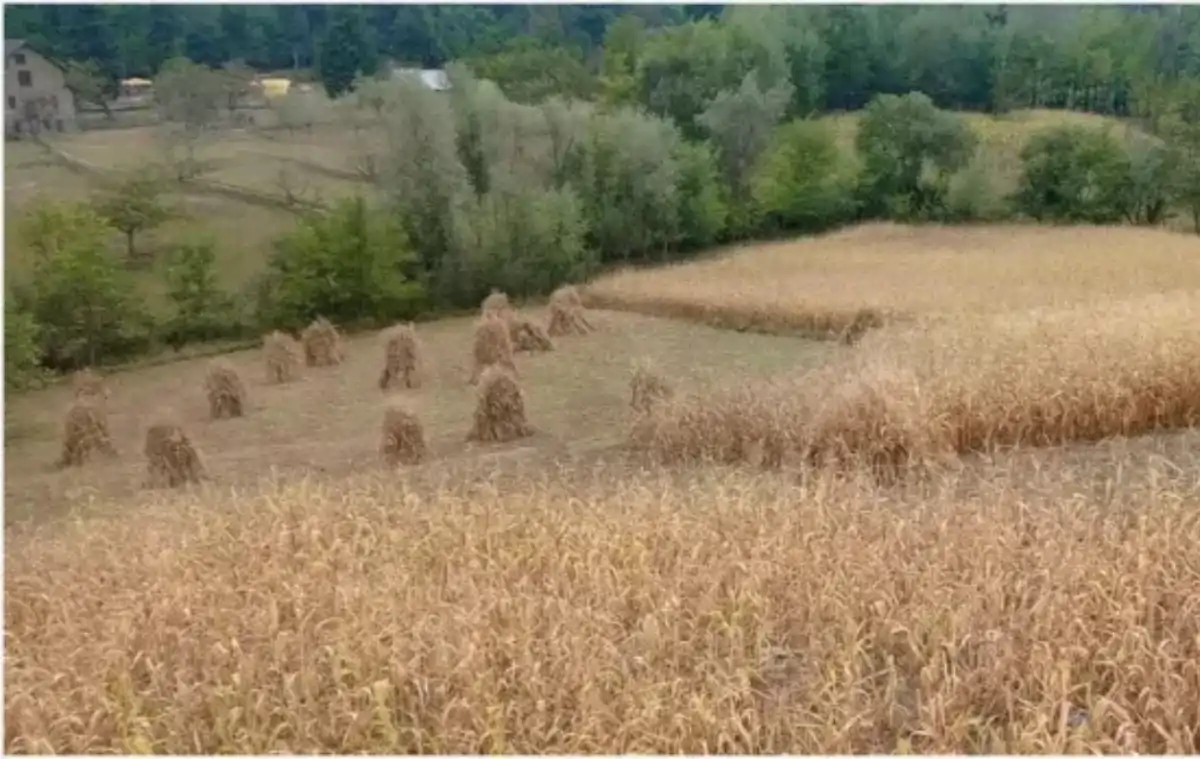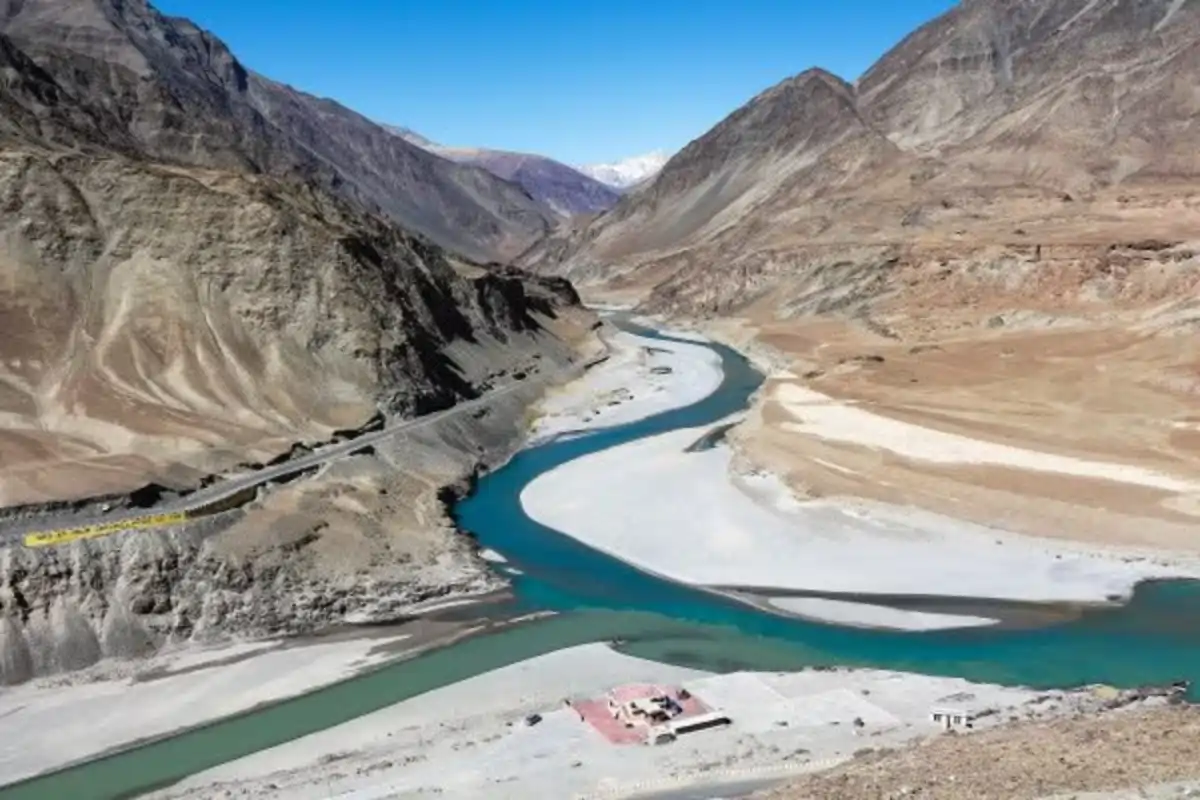
Climate Change in Kashmir: Invisible Elephant in the Room
In recent years, people facing a growing environmental crisis due to climate change in Kashmir. While the region remains a popular destination for nature lovers, its stunning mountains, valleys, and
In recent years, people facing a growing environmental crisis due to climate change in Kashmir. While the region remains a popular destination for nature lovers, its stunning mountains, valleys, and rivers are under threat. Glaciers are melting, rainfall patterns are becoming unpredictable, and the impact on agriculture, water resources, and biodiversity is more evident than ever. This blog will explore the effects of climate change in Kashmir, the response from local communities, and the importance of regional and global cooperation to safeguard the region’s future.
Signs of Climate Change in Kashmir
Azad Kashmir, home to some of the world’s most majestic landscapes, is experiencing dramatic signs of climate change in Kashmir. These include the rapid melting of glaciers and erratic rainfall patterns, both of which are disrupting the region’s delicate ecosystem.
A Threat to Water Supply
The glaciers of Azad Kashmir, including the Shounthar and Ratti Gali glaciers, have been melting at an alarming rate. These glaciers are crucial because they feed into rivers and streams. Additionally, these rivers provide the essential water supply for agriculture, drinking, and electricity generation. As the glaciers shrink, the region faces a decline in water availability. It could have devastating effects on agriculture and local communities.
Glacial meltwater also supports irrigation in many parts of Azad Kashmir. With glaciers retreating, water shortages are becoming more common, especially in rural areas where agriculture depends heavily on a steady supply of water. The loss of these water resources could lead to food security challenges and increased competition for water in urban centers.
Droughts and Floods Threaten Local Communities
Throughout the course of recent years, Azad Kashmir has encountered unpredictable precipitation designs. Unseasonal downpours, long droughts, and weighty deluges have upset customary horticultural cycles. In certain locales, unnecessary precipitation has prompted destroying floods, harming homes, foundations, and harvests. Conversely, different regions have encountered delayed dry seasons, bringing about water deficiencies that influence both homegrown and rural necessities.
These unpredictable weather patterns not only disrupt food production but also strain the region’s water systems. Farmers struggle to plan around these changing conditions, leading to crop failures, financial losses, and an increase in poverty.
Impact on Agriculture, Water Resources, and Biodiversity
The changes in climate are causing significant challenges for agriculture, water resources, and biodiversity—critical sectors that sustain the people and ecosystem of Azad Kashmir.

Agriculture: Unstable Growing Seasons
Environmental change is modifying the developing seasons for crops in Azad Kashmir. The staple harvests like wheat, rice, and maize are currently confronting unusual atmospheric conditions. At the point when storm downpours arrive behind schedule and are trailed by abrupt weighty precipitation, the subsequent soil disintegration can harm crops, decrease yields, and compromise food security.
In addition, climate change has led to an increase in pests and diseases that thrive in warmer, wetter conditions. These threats further undermine agricultural productivity and make it harder for farmers to maintain stable harvests.
Water Resources in Kashmir
The retreat of glaciers is a direct threat to the water resources of Azad Kashmir. Freshwater from glaciers, which has traditionally been used for irrigation and drinking, is becoming scarcer. Combined with erratic rainfall and rising demand, especially in urban areas, the availability of freshwater is dwindling. Rural areas, where farming is a major livelihood, are particularly affected by the drying up of irrigation sources.
Biodiversity
Introducing high-yield crop types that are more hardy and productive is one of the main initiatives. To increase water efficiency, especially in drought-prone Numerous bird species, as well as endangered animals like the brown bear and snow leopard may be found in Azad Kashmir. However, to find milder temperatures, many plant and animal species are being forced by climate change to relocate to higher elevations. Local ecosystems are upset by this, and species that are already in danger because of habitat loss and human encroachment are under more stress.
As temperatures rise, some species may find it increasingly difficult to survive. Deforestation, coupled with the changing climate, could accelerate the loss of biodiversity, further destabilizing the region’s fragile ecosystems.
Adapting to Climate Change in Kashmir
The people of Azad Kashmir are not passive in the face of climate change. They have begun developing local strategies to cope with the environmental shifts and build resilience against future challenges.
Sustainable Agriculture and Climate Change in Kashmir
Farmers in Azad Kashmir are embracing climate-smart agricultural practices to adapt to shifting weather patterns. These strategies include cultivating drought-resistant crops, implementing efficient irrigation techniques like drip systems, and practicing crop rotation to preserve soil health. Additionally, organic farming is gaining traction, reducing reliance on chemical fertilizers and pesticides while enhancing the soil’s long-term vitality.
By diversifying farming techniques and focusing on sustainable practices, farmers are trying to mitigate the impact of climate change on their crops and livelihoods.
Water Conservation
In response to water scarcity, communities in rural Azad Kashmir are using water conservation techniques such as rainwater harvesting and constructing small reservoirs. Improving the management of irrigation channels is also crucial in ensuring that available water is used efficiently. These measures help reduce water waste and ensure that farmers can access water during dry spells.
Minimizing the Impact Climate Change in Kashmir
Communities in Azad Kashmir are likewise further developing their calamity readiness, particularly in regions inclined to floods and avalanches. Neighborhood associations and public authorities have been cooperating to introduce early advance notice frameworks, direct mindfulness missions, and train individuals in a fiasco risk decrease. These endeavors help networks get ready for and answer outrageous climate occasions, limiting the death toll and harm to property.
Combating Climate Change in Kashmir
Given that environmental issues cross borders, regional and global cooperation is vital for tackling climate change in Azad Kashmir.

Regional Cooperation
Azad Kashmir shares borders with both Pakistan and India, and the environmental issues in this region do not respect political boundaries. Coordinating climate adaptation efforts between these neighboring countries is critical to managing shared water resources, addressing the effects of glacial melting, and responding to natural disasters. By fostering collaboration on climate change adaptation, water-sharing agreements, and disaster management, the region can strengthen its resilience.
Global Cooperation
Global cooperation is essential to provide the financial resources, technology, and expertise needed to mitigate the impact of climate change in Azad Kashmir. International organizations like the United Nations and the World Bank play a key role in supporting climate adaptation efforts by funding infrastructure projects, climate resilience programs, and capacity-building initiatives.
By aligning with global climate commitments, such as the Paris Agreement, Azad Kashmir can contribute to the worldwide effort to combat climate change while securing international assistance to address local challenges.
Building Resilience for Climate Change in Kashmir
Azad Kashmir’s excellence, biodiversity, and assets are in danger from the sweeping effects of climate change in Kashmir. The softening icy masses, whimsical precipitation, and climbing temperatures are influencing horticulture, water assets, and untamed life. Notwithstanding, neighborhood networks are showing strength, embracing feasible practices, and making progress toward catastrophe readiness. To safeguard Azad Kashmir’s future, territorial participation among Pakistan and India, as well as worldwide help, is fundamental.
By fortifying these endeavors and zeroing in on environment transformation systems, Azad Kashmir can keep on being a wonderful, flourishing locale that offsets ecological protection with improvement. As the travel industry keeps on filling in Azad Jammu and Kashmir, it’s crucial to guarantee that this dazzling objective remains safeguarded for a long time into the future.







